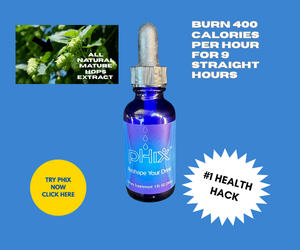We all want to feel safe. For most of us, being at home comes with a sense of safety. We may be far less safe than we think.
We know that 55 percent of serious injuries occur in the home, and that another 25 percent occur just outside. In 2023, according to the National Safety Council, 173,000 people died from preventable injuries at home. Most of these injuries were secondary to falls, and most of these falls occurred in older adults. Over the past 15 years, the number of reported deaths from falls has doubled.
June is National Safety Month. This reminds us of the importance of “living safe.” For everyone, living safe should be a “front-of-mind” concern. In an Island-wide survey of older adults, Healthy Aging Martha’s Vineyard found that the overwhelming majority of people on the Vineyard 65 and older plan on “staying in their own homes.” A national poll conducted by the University of Michigan echoed our local sentiment. Eighty-eight percent of the people surveyed felt it to be very important to grow older in place. A sad fact is that most homes of older adults have at least some safety issues. Unsafe homes lead to serious injuries and death.
Statistics have a way of feeling distant. They seem to apply to someone else, but not us. Home safety issues, however, can speak tragically, with much more individual urgency. Think of the people you know. Do you know someone who has fallen recently? All of us do. And have you fallen yourself? The data tells us that in the past year, 25 percent of us have. Falls are part of the universal experience of older adults in the U.S. Preventing falls and the injuries that result from them consequently is one of the keys to healthy aging. Research studies have demonstrated marked reductions in falls due to home safety programs and other measures. We can live our lives safely. We do not need to become a statistic.
Healthy Aging M.V. (HAMV), a local nonprofit dedicated to helping older adults thrive, recognizes these facts. HAMV has been working on the Vineyard to do something about them. HAMV sponsors a Home Modification Safety Program that includes a home safety audit to assess any risks that might endanger people who live there. Through partnerships with our Councils on Aging, HAMV facilitates home repairs by local contractors, using a sliding-fee scale based on income. HAMV estimates that this program has saved millions of dollars in medical costs by preventing injury. More importantly, the program has prevented the suffering and grief that falls often bring.
Falls, while the largest risk in one’s home, are not the only risk. Living safe at home requires us to be mindful of an array of risks and hazards. General safety issues range from keeping a fire extinguisher handy to making sure that smoke and carbon monoxide alarms are functional, and organizing one’s medications in a way to prevent errors.
Despite efforts to prevent them, emergencies will happen. It is important to prepare for them. Who will help you if you need help? Do you need a personal response system for assistance to assure your safety? Many options exist for this, including the Apple Watch, which has a setting that will call emergency services if it detects a fall.
Home safety is not just for older adults; it applies to all ages. We can help each other by looking out for hazards in our family and friends’ homes as well as our own. Good friends can be extra eyes to spot hazards that we may have missed. A healthy community looks out for one another.
You can act to be safer in your own home today. One does not need to wait for someone to do a formal home audit — you can easily do it yourself. The Consumer Product Safety Commission has one of the most comprehensive do-it-yourself home safety audits on its website, cpsc.gov. A copy in PDF form is available online at hamv.org. Healthy Aging M.V. also lists other resources. Call 508-618-5134 for more information.
Do a home safety audit today. Be safe at home.
Robert Laskowski is the chair of Healthy Aging M.V., and board chair for the University of Vermont Health Network, as well as an active member of the Dukes County Health Council.
































